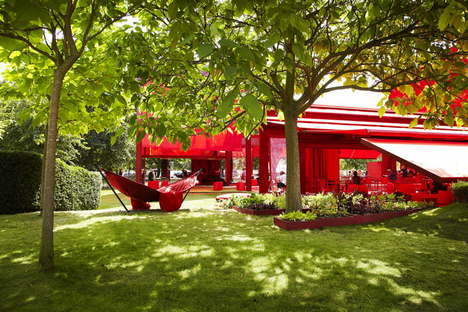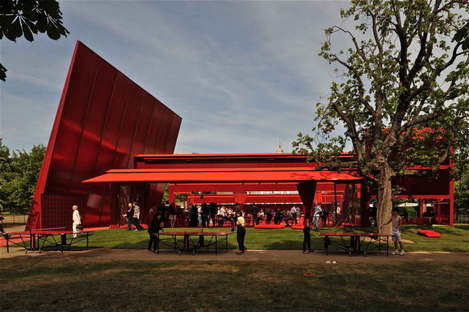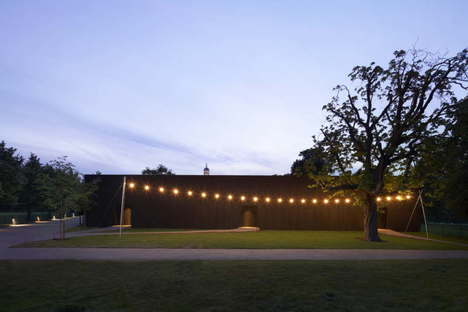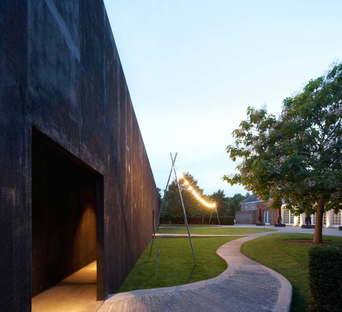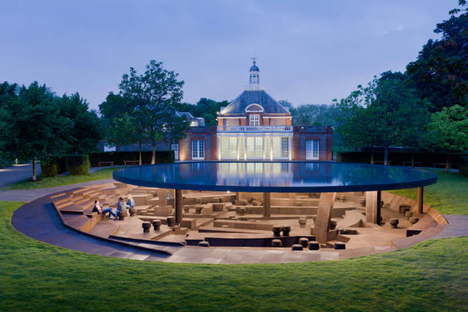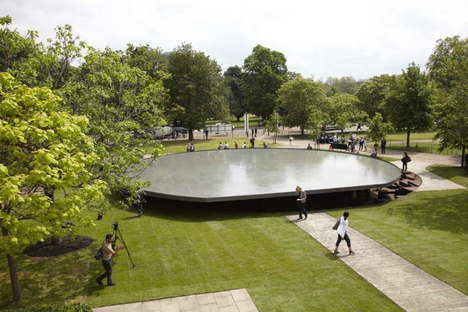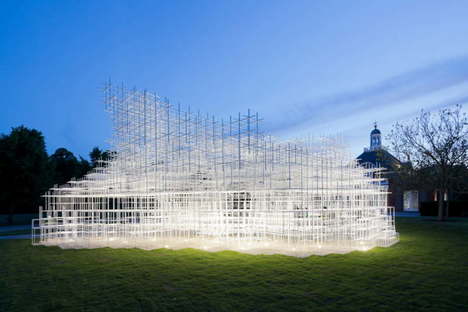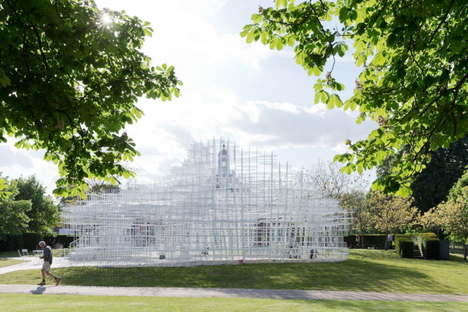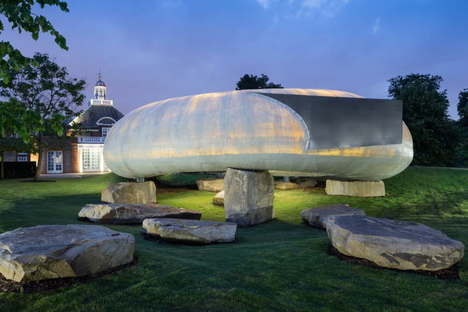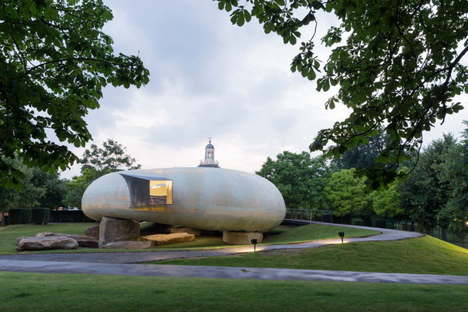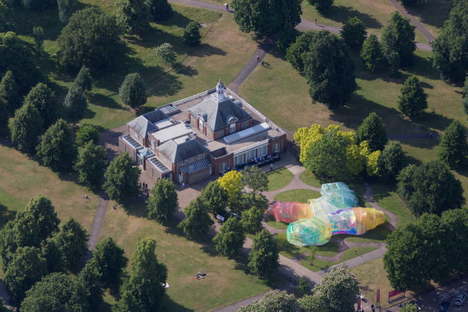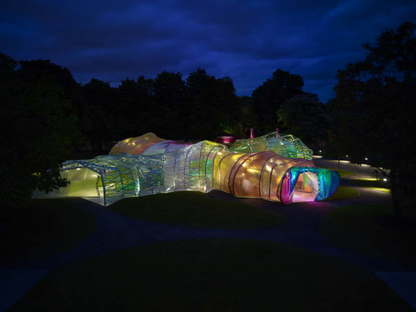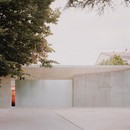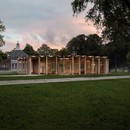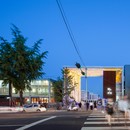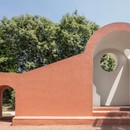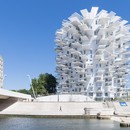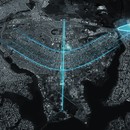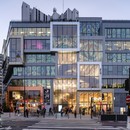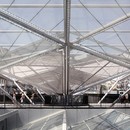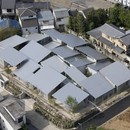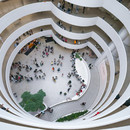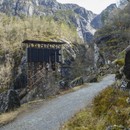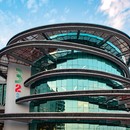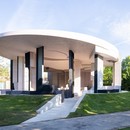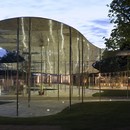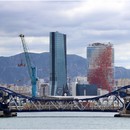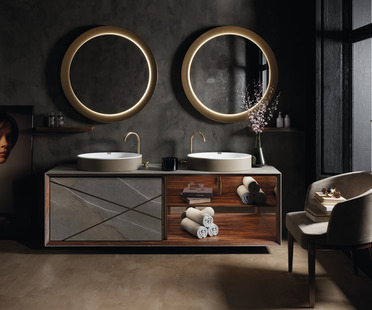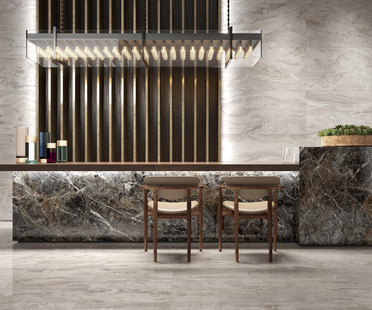26-02-2016
Temporary constructions: the Serpentine Gallery pavilions
Eduardo Souto de Moura, Daniel Libeskind, Toyo Ito, Oscar Niemeyer, Herzog & de Meuron, Frank Gehry, Zaha Hadid Architects, Alvaro Siza, MVRDV, Sou Fujimoto, Peter Zumthor, Jean Nouvel, Kazuyo Sejima, Ai Weiwei,
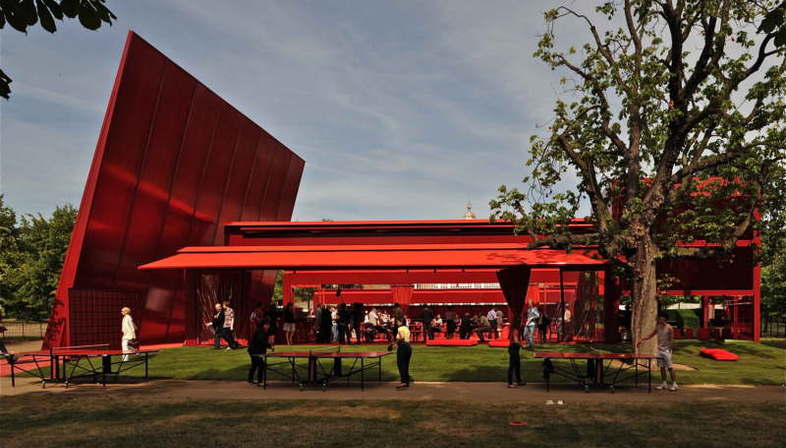
Every year London's Serpentine Gallery, a modern and contemporary art gallery, appoints a different architect to construct the Serpentine Pavilion. This temporary structure is built on the grass in front of the gallery to host summer events, beginning in July and ending in October.
The project is always awarded to a prominent international architect who has never built anything in the UK before. From the first pavilion designed by Zaha Hadid to the most recent one by Spanish architects José Selgas and Lucía Cano of Selgascano, the Serpentine Pavilion is one of the world's most popular architectural sites.
Let us look back at some of the pavilions presented recently in Floornature, which no longer exist and live on only in photographs.
In 2010 Jean Nouvel built a red structure paying homage to London's traditional phone booths. The hortus conclusus was the theme of architect Peter Zumthor's 2011 pavilion. In 2012 Herzog & de Meuron + Ai Weiwei designed the pavilion. Architect Sou Fujimoto drew his inspiration from nature and organic forms for the 2013 pavilion.
In 2014 little constructions built in parks and gardens from the 16th to the 19th century inspired the “archaic shell” by Chilean architect Smiljan Radić. In 2015 Selgascano designed the pavilion, and in 2016 it will be designed by BIG.
List of pavilions built in previous years: Kazuyo Sejima + Ryue Nishizawa / SANAA (2009), Frank Gehry (2008), Olafur Eliasson and Kjetil Thorsen (2007), Rem Koolhaas and Cecil Balmond, with Arup (2006), Alvaro Siza and Eduardo Souto de Moura with Cecil Balmond – Arup (2005), Oscar Niemeyer (2003), Toyo Ito with Arup (2002), Daniel Libeskind with Arup (2001) and Zaha Hadid (2000); the only pavilion never actually built is the one designed in 2004 by MVRDV with Arup.
(Agnese Bifulco)
Images courtesy of Serpentine Gallery
www.serpentinegalleries.org










